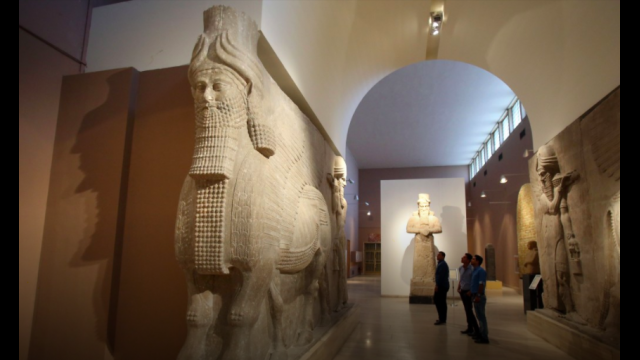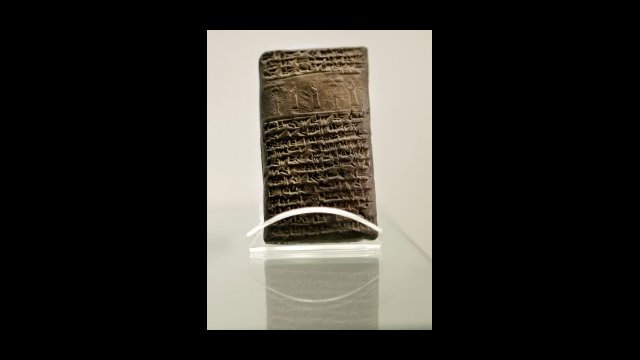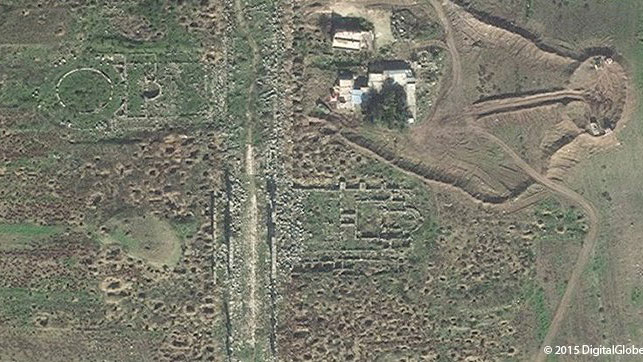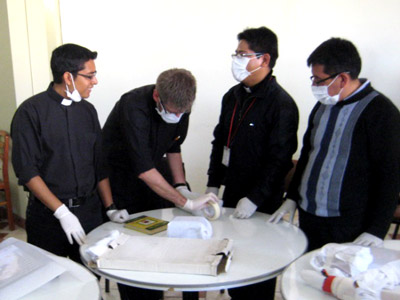https://share.america.gov/taking-back-antiquities-stolen-by-daesh/
Artifacts stolen by Daesh terrorists have been turned over to Iraqi experts.
“The list of Daesh’s atrocities and crimes is long, and includes theft and smuggling of Iraqi heritage and culture,” said U.S. Ambassador to Iraq Stuart Jones, emphasizing “Daesh is stealing your antiquities.”
In May, the United States recovered hundreds of stolen artifacts during a raid on the Syrian compound of Daesh senior leader Abu Sayyaf.
“These artifacts are indisputable evidence that Daesh — beyond its terrorism, brutality, and destruction — is also a criminal gang that is looting antiquities from museums and historical sites and selling them on the black market,” Jones said.
Daesh finances its terror operations in part with the illegal sale of stolen antiquities. To reduce this activity, the Department of State’s Cultural Antiquities Task Force worked with the International Council of Museums to develop the Emergency Red List of Iraqi Antiquities at Risk to help officials identify and confiscate cultural heritage that has been looted and smuggled.
Along with this effort, the State Department partners with the American Schools of Oriental Research on the Syrian Heritage Initiative. The initiative helps to document, protect and preserve the cultural heritage of war-torn Syria and areas in Iraq occupied by Daesh.
About the Cultural Antiquities Task Force
The American Schools of Oriental Research is a partner of the Cultural Antiquities Task Force (CATF). Created by the State Department in 2004 at the direction of Congress, the CATF comprises federal agencies that share a common mission to combat antiquities trafficking in the United States and abroad. Since its creation, the CATF has supported more than 95 domestic and international cultural property training programs. CATF is managed by the State Department’s Cultural Heritage Center.








